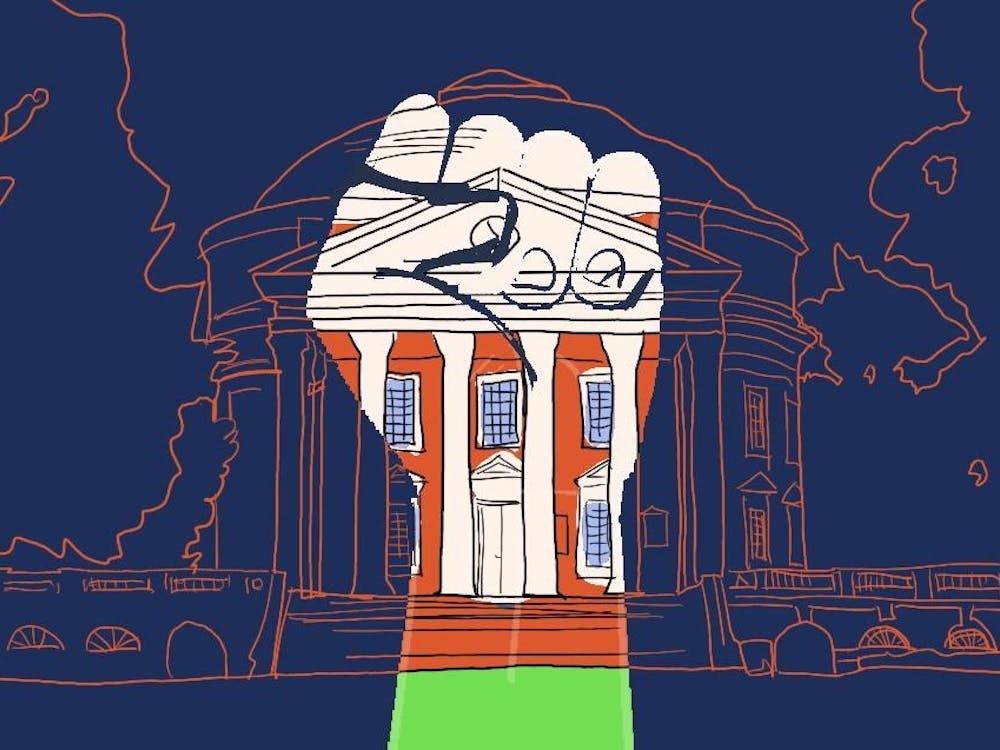Halloween is right around the corner, and many students are excited for the glut of costume-themed parties. Though some students will be nothing short of elated, for other students, the day will foster a certain degree of befuddlement. The confusion will of course be in an attempt to answer the question: how on Earth does one think it is okay to wear a costume whose basis is being another race? Besides your classic superheroes and hilariously bold T-Sully impersonators, you will find an occasional partygoer taking up the great misfortune of accessorizing, trivializing and mocking the cultures of other students by way of cultural appropriation.
That said, what is cultural appropriation? It’s become a bit of a buzzword. Some are quick to embrace it; others keep away from it. Although you may come across various definitions, cultural appropriation can be summed up as the mockery of a person and his culture by adopting ideas associated with a culture outside one’s own. While I have come across a variety of claims to differentiate between cultural appropriation and cultural exchange, one rule has often been clear: donning a culture as a costume is offensive because it attempts to parody a person’s heritage (and usually race as well).
Some readers might think dressing up as a person of a certain culture is justified on the grounds that it is all done in jest or is innocuous. Following that justification, some might tell you to get over it, that I am being oversensitive or that I am suggesting perpetrators are racists. Not at all. My issue with a person wearing one of these costumes isn’t about that person. It is about those that it impacts in the larger context of our society.
In choosing to wear that type of costume, in some way, one decides to take on that identity and may even act out that identity. But what does it mean to act like a Japanese, Irish, Mexican, Muslim or Native American person? The fact is there is not any behavior that defines a group of people. However, the reality is that when you ask yourself that question, the behaviors you associate with each identity are likely the narrow and noxious stereotypes the American media has relentlessly perpetuated.
For instance, it is not uncommon to come across costumes based around female Asian figures (e.g., the Geisha, Dragon Lady and China Doll). East Asian women have historically been portrayed as exotic, submissive, sexually deviant and servile. Often sexualized, these culturally-based costumes further feed into the offensive and unhealthy fantasies and fetishizations of East Asian women. The propagation of these images will mold the way society continues to view and portray East Asian women. The same could be said about costumes centered around other cultures, especially those targeted at women. If you do not believe in the longevity of these effects, then you can see the evidence in our own history.
Looking back at culturally popular forms of entertainment in the 19th and early 20th centuries, we will undoubtedly come across minstrel shows. These vaudeville-esque performances centered around the lampooning of African-Americans. The productions starred blackface-adorning white Americans who caricatured blacks as unintelligent, lazy and inept. These traits have remained intact as African-American stereotypes.The practice of blackface and minstrelsy shares some similarities with the present-day cultural dress-up: both adorn physical manifestations that are representative of an ethnicity, mock them and ignore the hardships faced by those groups. In fact, these culturally-based costumes have spawned their own neologisms: yellowface, brownface, arabface, redface and jewface. The resemblance is overt and, thereby, the appropriate reactions to them should also be clear.
Moving forward, I urge students not to wear a costume designed after a particular culture. Ask yourself if you would be willing to wear that costume surrounded by people who actually grew up in the culture on which your costume is based. If you are offended by the idea of someone mockingly wearing your culture’s traditional attire or acting out its negative stereotypes, then do not do the same to another person’s culture. As a society, if we are to have and sincerely cherish diversity, then we must be respectful of every American’s cultural heritage. Culturally-based Halloween costumes are tasteless, offensive and reinforce negative ideas against various groups of people. We should eschew their adornment and respect one another.
Alexander Adames is an Opinion columnist for The Cavalier Daily. He can be reached at a.adames@cavalierdaily.com.






